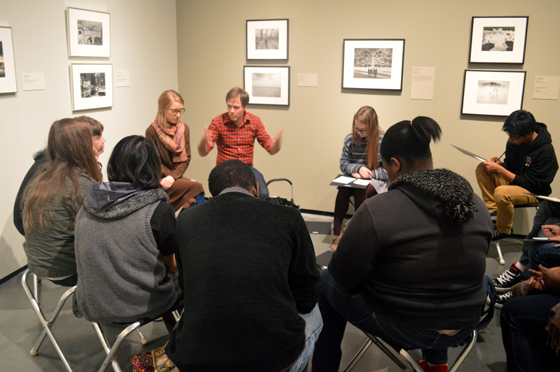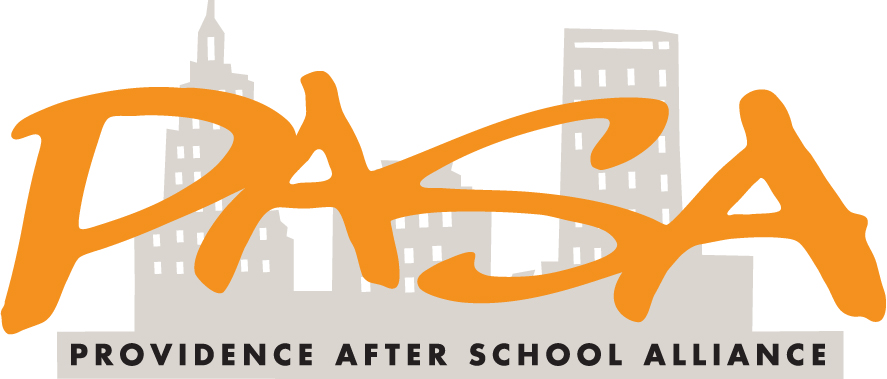
Excerpted from her original post on Competency Works, September 25, 2013

Yesterday I had the opportunity to participate in the American Youth Policy Forum’s meeting on The Role of Expanded Learning Opportunities in Competency-based Education Systems. It was a fun meeting for me as I hadn’t sat in a room with the nation’s after school leaders since I was a program officer at the Mott Foundation during the launching of the 21st Century Community Learning Centers.
To open the meeting, I was asked to share some thoughts about the relationship between expanded learning opportunities (ELO) and competency education. I like the term ELO as it is so inclusive — think after school, youth program, badging, online learning, community service, sports, arts, career/college exploration and of course jobs. As there are more and more people involved in ELO that are trying to make sense of where they fit into this expanding world of competency education as well as educators trying to figure out how to effectively use ELO’s I’m sharing my comments.
Many people describe competency education with the phrase “time is a variable and learning as a constant”. It is not referring to self-paced. In fact it means the exact opposite. Students that are struggling are to get more time on task, more interventions, more support. There is greater concentration of resources so that students can continue on pace and continue to make more progress. We have to eliminate the imagery of moving through a curriculum in order to understand competency education.
———
We are in early stages of development of competency education and are just beginning to understand the role ELO’s can play in helping students master academic and other types of skills. In New Hampshire the state policy establishing competency education enables students to earn credit for learning through ELO’s. At the Providence After School Alliance ELO’s are being created that are competency-based.
Here are five ways that I see ELO contributing to student’s success in school in a competency-based environment and how competency education contributes to the overall development of children:
1) Learning to Learn: An essential element of competency education is students learning to learn, understanding that we all need feedback to help us understand our mistakes and to learn from them. Perseverance, revision, and practice are all required to reaching success whether it is in learning in the classroom or on the soccer field.
2) Common language: Competencies, what we want students to know and be able to do and standards, specific academic learning targets, create a common language that allows teachers, students, parents and ELO partners to know where students are working along their learning progression. Having a common language allows better coordination around helping our children and youth develop in several ways including:
– Competencies are broader than just academics. They include college and career ready competencies (sometimes referred to as habits of mind, lifelong learning competencies or 21st century skills) such as leadership, problem-solving, or navigating new environments. ELOs and schools can use the same language and framework so that students develop projects in their after school program in which they can demonstrate leadership or add to their portfolio with recommendations from community members regarding skills they have demonstrated in real-world situations.
– The Common Core State Standards is creating portability and if states create competency frameworks that will help even more. This is important for students with high mobility whether they are from low income families, in the child welfare or juvenile justice system, or have challenging lives. This will allow students to just keep moving forward at every transition rather than being retained or starting over. ELO’s can play a powerful role in helping students keep advancing as they change districts or schools.
– Students will own their learning. In many cases students will be able to engage ELO partners directly regarding the specific competencies and standards they are working on. I’ve visited with first graders who can talk to me about what they are learning to do such as count to 100 and the steps they need to do it. Imagine a 7 year old walking into their after school program and saying I’d like to practice doing my 20’s and if I can do my 20’s I want to practice counting from 1 – 30.
– When students demonstrate proficiency they can advance – to a range of opportunities including higher level studies, deeper explorations, pursuing interests that are meaningful to them, or working to support their families. When students can advance upon mastery, we will need to offer them next steps. ELO’s will play a big part in creating more opportunities.
3) Granularity and Modularization: Competency education operates with greater granularity than conventional education. Student progress is measured by progress on standards not completion of a course. With greater granularity comes the ability to be more modular with partial credits, competency recovery, and project-based learning as a way for students to demonstrate knowledge utilization. ELOs can be helpful in students earning credits, help students work on the gaps, understand the value of the academic standards to the real world, or build valuable skills outside the expectations of the K-12 system like coding or project management.
4) Deeper Learning: Our country, including competency education, is moving towards deeper learning through the implementation of the Common Core State Standards. It will be challenging for schools to create opportunities for knowledge application and utilization without partners. Whether it is problem-based, project-based or real-world learning, creating opportunities for students to apply their skills will push learning out of the classroom walls. ELO’s should become familiar with the knowledge taxonomy that your districts are using such as Webb’s, Bloom’s or Marzano’s in order to be able to use the same language to talk about depth of learning.
5) Badging: Badging shares many of the same philosophical ideas with competency education with two large exceptions. First, competency education has an equity focus with the goal of all students becoming proficient in the state standards that policymakers have defined as college and career ready. Badging may be used to help low-income students overcome growing up with lesser amounts of economic and social capital but it is not designed to level the playing field. Second, K-12 competency education is very specific who can do the credentialing . We are going to expect educators, teachers or someone else authorized by the district/school to know what proficiency means for a specific learning target and to credential it. Furthermore, K-12 depends on state summative assessments to make sure that schools are teaching students to a certain level of proficiency.
Badging is much more organic with anyone being able to credential and on any skill. That said, enabling students to develop a dynamic set badges of what they know and can do outside of the academic arena can be very powerful in helping them learn how to learn as well as have marketable skills. This will be particularly important for low-income students who have far less opportunity. Whether it is learning to swim, do computer coding, participate in debate teams, demonstrate career readiness by successfully working at a retail store, cook a five-course meal, or plot a family tree students will be learning to learn and to taking pride in their learning.
Read Chris’s full article on the Competency Works site here.
